"Pierre Eugene Duteurtre (1911-1989) Signed French Orig Oil/canvas - River, Figure, Boat, Loire"
Pierre Eugène DUTEURTRE (1911-1989) - "Bord de Loire / Bank of the Loire" (titled by the artist)Listed : Artprice, Benezit, Akoun, Wikipedia and numerous various others
Reference Code : 39HST15F-PE.DUTEURTRE
DETAILS
Original oil on original canvas, signed lower right, countersigned and titled on the back, with the artist's stamp of authentication.
Very pretty and very friendly representation of a scene with 6 figures located on the banks of the Loire where we find what seems to be a small family of 4 people, on the right, come to have a good time, do a little sailing and/or probably "picnic" on the banks of the river, the presence of the chair, the parasol/umbrella and a possible small piece of luggage in the right hand of the figure standing on the left, could suggest, another figure, more in the center, busy around a boat and a last one sailing aboard a small sailboat or dinghy; all in a natural setting with foliage executed with the greatest precision.
A peaceful summer scene treated with delicacy and gentleness. Beautiful colors. A very pleasant and charming painting.
DIMENSIONS : Unframed : 46 x 55 cm - Framed: 64,2 x 5,5 x 73,2 cm approximately
PROVENANCE : Recognized french public auction house (from private collection).
CONDITION
Painting : Near perfect condition.
Frame : in wood and stucco, silver gray with its Marie-Louise in gray-beige velvet, in good overall condition (age wear marks and small lacks).
DO NOT HESITATE TO MAKE AN OFFER !
ABOUT THE ARTIST
Pierre Eugène Duteurtre, better known under the pseudonym Dut, born July 10, 1911 in Deuil-la-Barre (Val-d'Oise) and died November 9, 1989, is a French comic strip artist and painter. His career as a designer began in the 1930s.
From 1934 to 1939, he worked for the Parisian Publishing Company (SPE). From 1947, he worked for Marijac publications where he created his best-known series Sitting Bull based on scenarios by Marijac. This series, which includes 277 boards, appeared from 1948 to 1953, in the magazine Coq Hardi. It was reissued, by Glénat editions, in 2 albums published in 1978 and 1979.
Dut will work for Marijac publications until 1968. Then, he abandons comics to devote himself fully to painting.
Childhood and formation
Pierre Duteurtre comes from a family of Norman origin who settled in the Paris region for professional reasons. Very early in his youth, he was attracted to drawing and painting. His parents exercise professions that require a lot of creativity and artistic inspiration: his father Pierre Victor Duteurtre being an architect, and his mother Emma Léontine Lefèbre, is a milliner.
At the age of 8, with his parents, he attended a theatrical performance by Michel Strogoff at the Châtelet. What influenced the young man. Back home and fascinated by this spectacle, he tries to reproduce the decor. During his high school period, he regularly obtained the 1st drawing prize, which makes a career in his passion which is drawing logical; and his parents encourage him in his vocation.
He started working at the age of 14 in the Jusseaume and Prevost workshops where he learned the basics of the trade. He participates in the production of theatrical sets. He then returned to André Galland's studio, in rue de la Tour-d'Auvergne, where he familiarized himself with decoration, illustration, advertising posters. André Galland, formerly of the Decorative Arts, encourages him to take the National School of Decorative Arts competition, he presents himself and obtains it. He remained in this institution from 1926 to 1928.
A brilliant career start
After his military service, which was compulsory at the time, in 1931, Dut entered the competition for the National School of Fine Arts in Paris, where he remained until 1935. During this period, from 1929, probably under the advice of André Galland, he worked for a publisher.
He began his career with the Offenstadt brothers, who were at the head of the most important publishing house of the time. Initially, he produced several illustrations for novels and short stories in L'Intripide, L'Épatant and La Vie de garrison, which were ribald magazines intended for the military, where he produced a novel to follow, La Créole aux Yeux de Velours. He adapts very quickly and easily to his environment, so much so that his design is similar to that of his colleagues. From the outset, he produced drawings of very high quality and classic.
It is for this reason that sometimes he signs in a corner the pseudonym “Dut”, which he has adopted. His evolution is rapid and very quickly acquires his own style, realistic, modern and efficient, which becomes easily recognizable. During his time at the S.P.E (Parisian Publishing Company), Dut rubbed shoulders with several designers including René Giffey, Mat, Maurice Oussaint, Edmond Calvo, Jean Trubert, René Pellos... it was there that he discovered masters of American comics like Milton Caniff, Alfred Andriola, Hal Foster, Burne Hogarth, Raeburn Van Buren...
He illustrated novels to follow in the form of strips with texts under vignettes for Fillette (1934-1935), L'Épatant (1934-35), L'Intrépide (1937), and complete stories of the same genre for Les Histoires en image (1937-38) before moving on to real cartoon cut-outs with L'Ennemie du peuple, a story by Lucien Bornert, which enjoyed a full page in color in the periodical L'Épatant (1938), which ended in L' As (1936-39). Also in L'AS, he illustrated the famous novel by José Moselli Le Roi des boxeurs 1938-38 and for junior many illustrations of novels and short stories (1938-39). He is the supposed designer of the anonymous comic strip Gallus of the Alouette legion in 1938, but we do not recognize his style in it. Dut probably collaborated in other illustrations of the S.P.E such as Sciences and Voyages; The Regiment… but that remains to be demonstrated.
In 1937, he also worked in parallel with the weekly Mon Comrade, which was of communist leanings and directed by a certain Georges Sadoul, he produced Le Rayon de la mort, an adaptation of the novel by Alexis Nikolayevich Tolstoy. His other illustration Fred Hardi will be interrupted by the Second World War. And as well as four novels to follow, two works in the Mon Comrade Collection; he also produced a large page on the life of Lenin in L'Avant-guard. When L'Ennemie du monde was published, he changed his signature by adding “Bertt. », which is the name of his wife Berthe Georgette Tourneroche married in June 1937 who died during the period of captivity of Dut.
A career mutilated by war
In 1939, Dut was at the height of his career, in the field of painting, he won the Prix de Rome in 1931, and the press ensured him enough work.
But the Second World War broke out in Europe, and disrupted his personal life and his career. In September, he was mobilized to the 35th company of the 3rd army of the 8th engineer regiment on his way to the front. On June 22, 1940, after the capitulation of France by Marshal Pétain, he was taken prisoner in Saint-Dié, in the Vosges and then sent to the Stalag. He will stay there for three years, he is assigned to a porcelain tile factory in Mulhaker. His artistic talents will make his life more acceptable, he goes back to painting and produces paintings that will then be framed.
Sick, on June 8, 1943, he was repatriated by the Red Cross and admitted to the Courbevoie hospital where he slowly recovered from his captivity. After that, he tries to resume work during the war but during this period, work is rare, with restrictions. He did all the same illustrations that were published after the war, including Max Vigor with the telemos, Artima edition, his name was taken up by J.A. Dupuich and made famous by R. Giordan in Vigor, and even became one of the successful titles of the House.
Triumph after the war
After the Second World War, in order to survive, Dut accepted a position in the fine arts as a teacher in Rouen. This allows him to get back to painting again. He exhibited his paintings at the Legrip gallery from 1945 to 1948 in Rouen. He also exhibited in Paris at the Allard gallery.
In 1947, he reconnected with the SPE and illustrated a story to follow for Fillette who is Mademoiselle Lieutenant, but this collaboration remained unfinished. In 1948, he received the Young Norman Painting Prize. He remarried a Polish woman, Emmy Sarniak.
In 1947, he met Marijac, who was at the head of the newspaper Coq hardi. In this newspaper he finds regular work. Dut proved its worth in particular with the revivals of Le maitre Bornéo and L'Île aux deux totems, which relaunched the adventures of Casse Cou, a character created by Paul Mystère. He is entrusted with the second era of War on Earth, a saga begun a few years earlier and illustrated by Auguste Liquois. Although its style is different, Dut assures by its clear lines and its realistic design. Its recovery is a success, it tells the story of evil aliens allied with evil Japanese to invade the earth. After this success, Dut and Marijac embark on a Western epic based on Sitting Bull, it is the story of an Amerindian chief around whom gravitate several protagonists whether real (Buffalo Bill, Jim Bridger...) or imaginary (emigrants , vigilante, outlaws...). This achievement will be Dut's best known, so much so that when in 1988, La Poste asked the 12 authors of the Angoulême Grand Prix to produce a postage stamp, Marijac, chose Sitting Bull. While he contributed and is co-creator of this saga, only Marijac's signature appears there. This "forgetting" does not leave Dut and his family unmoved. Sitting Bull is one of the first comics to treat Native Americans with dignity and humanity.
In 1948, he received the Grand Prize for Comics. Despite this, it was not until 1978-79 that he received the Album prize, thanks to Glenat editions which saved him from oblivion as a great comic book author in France.
In 1953, Sitting Bull ends with End of episode which leaves the door open to a sequel since the character is still alive. But there will be no sequel, the new owner of Coq hardi, Montsouris, no longer wanted “peorgougism” and “resistance”.
It was during this period that Dut spent at Del Duca, he illustrated many comic strips and frequented the famous Atelier 63 with designers such as Robert Gigi, Christian Gaty, Lucien Nortier, Raymond Poïvet ... who were already working for Del Duca, in the same building as Coq Hardi.
This passage is a difficult period with, one entrusts to him the cutting of The Man who laughs, which knows nevertheless a success. He receives an exclusive contract and must sign three boards per week. Gradually, the quality of Del Duca's titles deteriorated, there were fewer comic strips, fewer illustrations, and above all the arrival of the photo novel partially replaced comic strips.
In 1958, Del Duca manager Charles Coutelier released him from his contract. It will devote more pages to photo novels, decrease the pages devoted to cartoonists. In 1957, Dut had resumed contact with Marijac with which he worked until 1968. During this final collaboration, with the Frimousse formula, Marijac achieved enviable circulation with 220,000. Dut worked in collaboration with Noël Gloesner, Martin and Gaty.
But Marijac sells her titles again to get rid of administration and management and devote herself to writing. He sold it this time to SFPI/NCL de Chapelle, which became the owner from 1966.
At the beginning, this sale does not have an incident on the internal work because there is always a quality work; but the situation ends up deteriorating, and Pierre Duteutre resigns.
An end of life devoted to painting
From 1968, Dut definitively left the world of comics and devoted himself to his favorite passion: painting.
He moved to Paris in Picasso's first studio, at 49 rue de Grenelle. In 1982, a plaque in homage to Picasso was affixed to his building.
Dut spends a peaceful end of life alongside his wife and friends in Paris. He devotes a lot of time to painting. He received many exhibition invitations in Paris, in the provinces and even abroad: United States and Japan in 1970, he received the French Officer's Cross of Merit and Devotion.
In the studio, Dut always begins his days with drawings and sketches, a habit he picked up during his comic strip years, when he had to deliver his boards always too tightly.
His painting is influenced by the modern impressionist movement, with a wide color palette and a touch of fantasy. He mainly paints portraits (of women), but also landscapes. Dut systematically uses oil on canvas, and the format used is the portrait format (small format). He painted the same subject several times, for example the Dancer at rest, which he painted more than ten times with different positions and approaches (sometimes naked, sometimes dressed...). His paintings are not dated. In 1987, he suffered a first stroke, after his recovery, he moved to Cannes. On March 15, 1989, his wife Emmy died after a long illness.
In poor health, he left France for the Netherlands, where he lived with his niece. He then resumes painting. He is sensitive to the beauty of the landscapes, the prettiness of the houses and gardens, the kindness of the Dutch.
On November 9, 1989, he died at the age of 78, following a new stroke.
PAYMENT / SHIPPING / TERMS OF SALE / RETURNS
- Bank transfer or Paypal payment for all countries expected within 3 days max.
- Packing/Insurance/Shipping costs for FRANCE: Please ask for a quote. --- Other countries : please ask for a quote.
- Shipping within 5 working days max (except in the case of impossibility beyond our control) after your payment has been received and cleared.
Upon receipt and clearance of your payment, your painting(s) will be taken care of by MBE VERSAILLES or MBE ASNIERES which are companies specialized in professional packaging of works of Art in order to guarantee you the maximum protection (considering the high potential risk of damage, we do not ship any paintings by post).
As soon as the packaging is completed, your painting(s) will be picked up by international transportation companies such as UPS, DHL or FEDEX for tracked shipment and delivery.
All paintings are shipped with full insurance until they are delivered.
Delivery with adulte signature only. Custom/Importation fees if any will be paid by the buyer.
- All paintings are returnable but for a valid reason only, within 14 days max from the date of receipt and in the same condition as sent (including accessories). Either painting or frame cannot be returned alone. Return fees will be paid by the buyer.


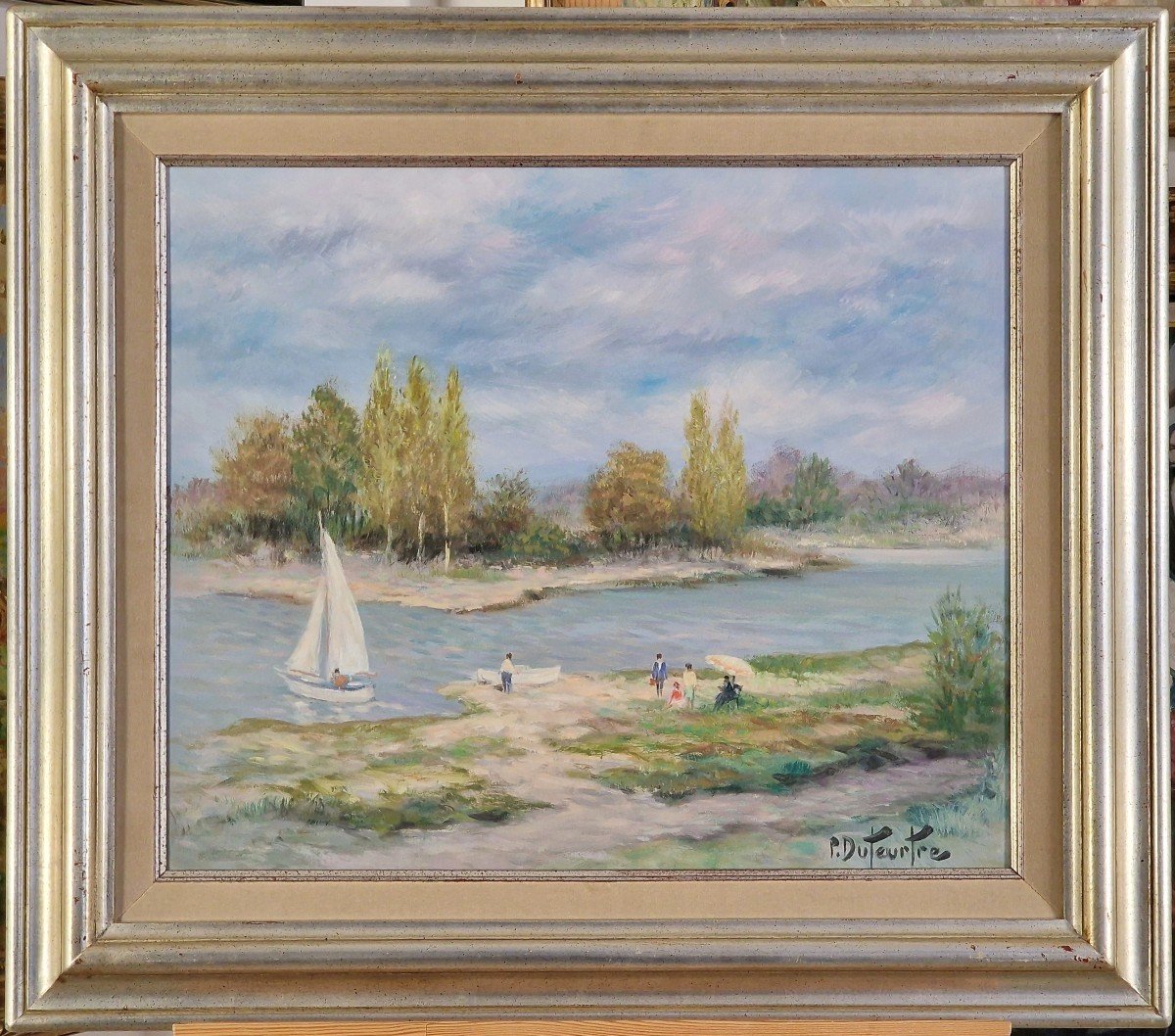




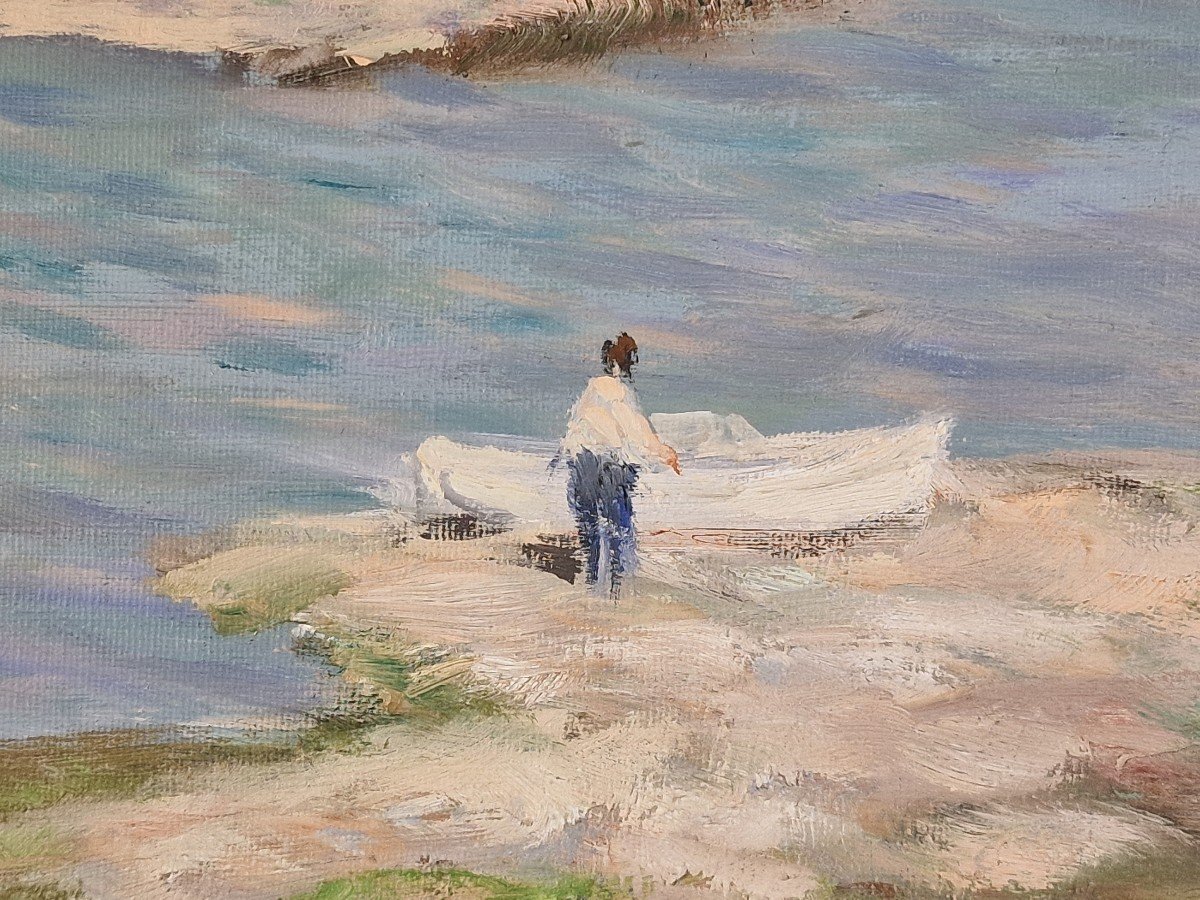
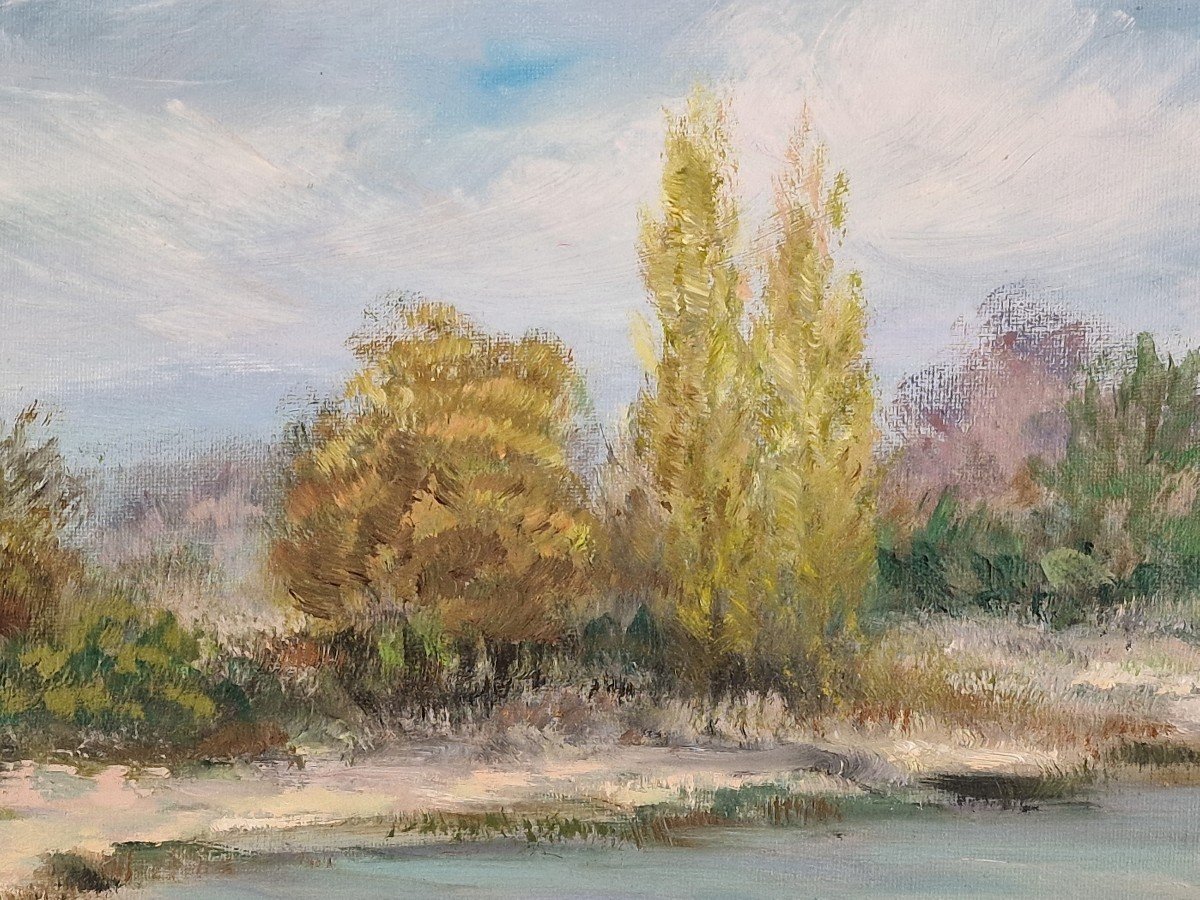


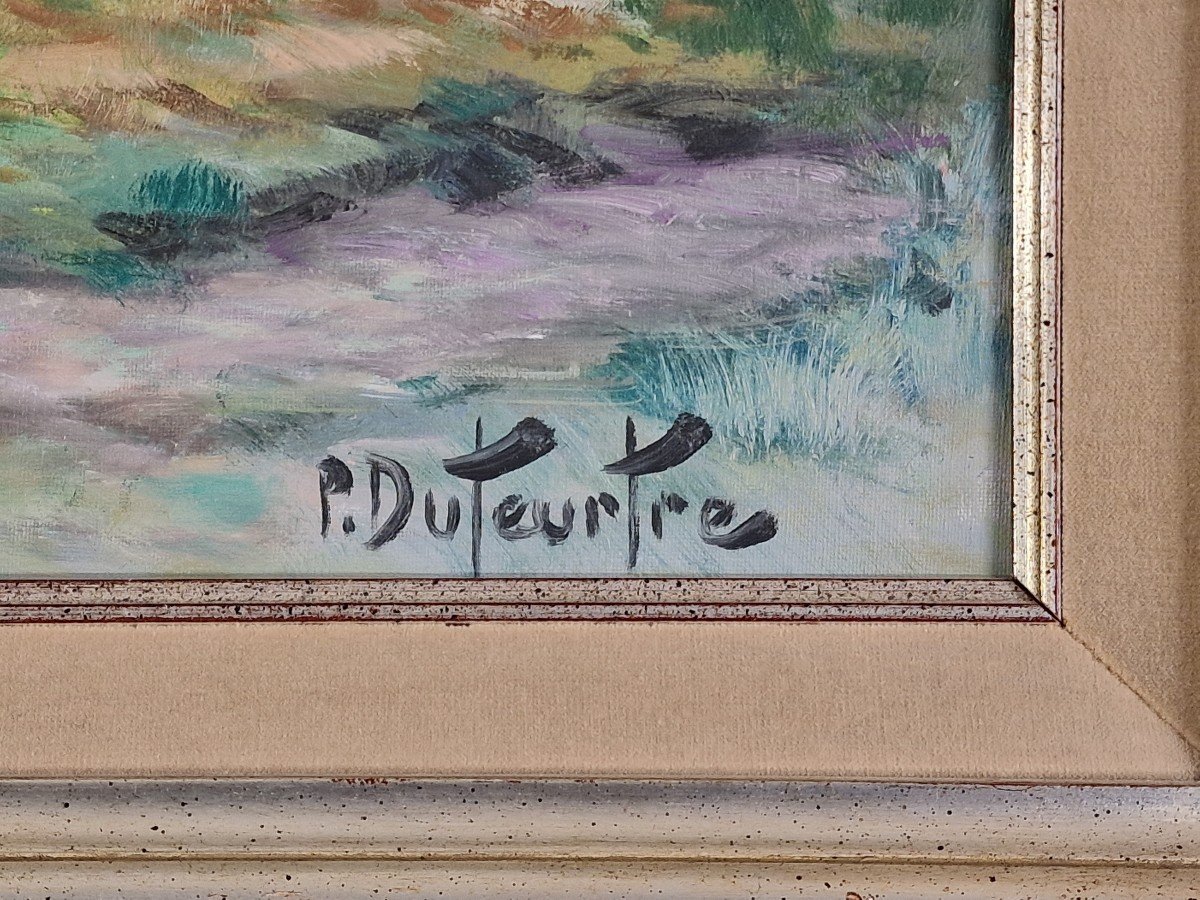
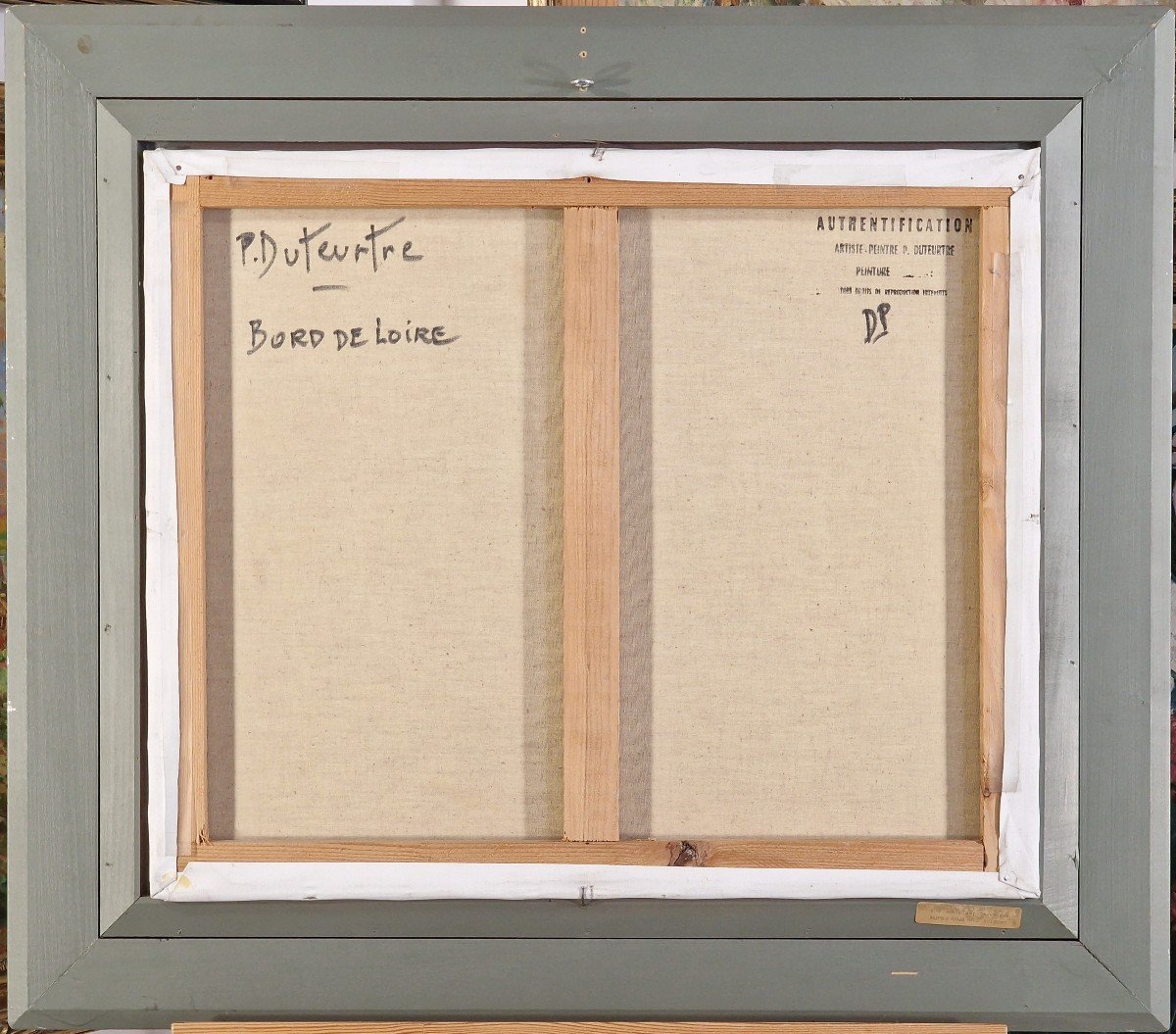




























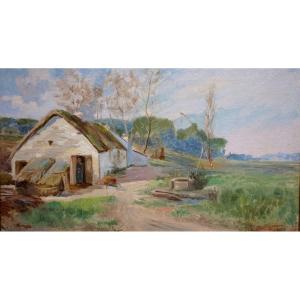
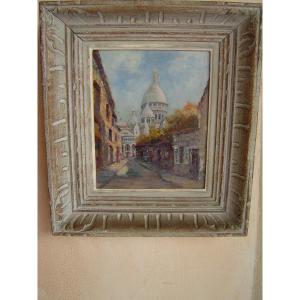
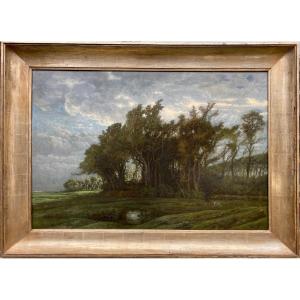





 Le Magazine
Le Magazine Rivista Artiquariato
Rivista Artiquariato TRÉSORS magazine
TRÉSORS magazine